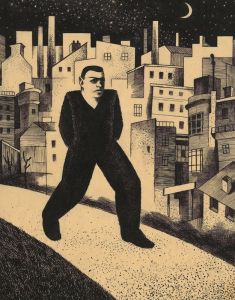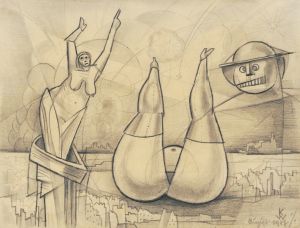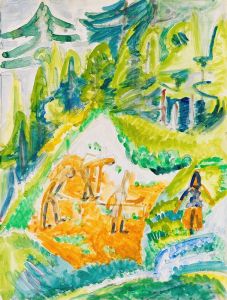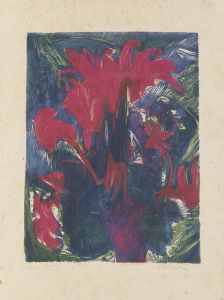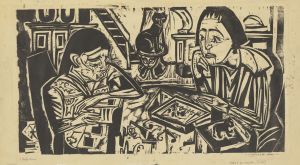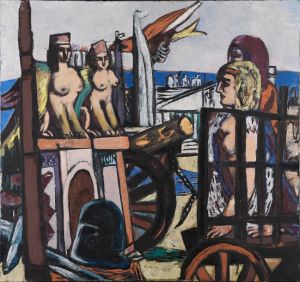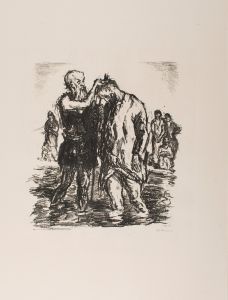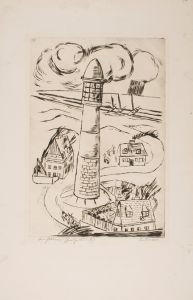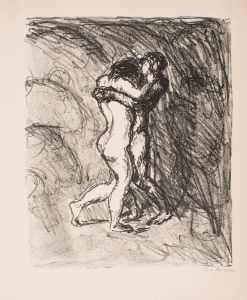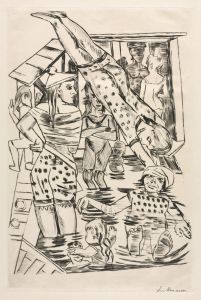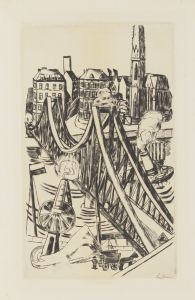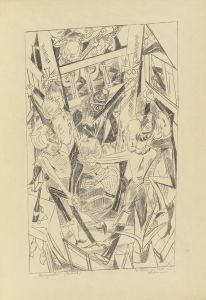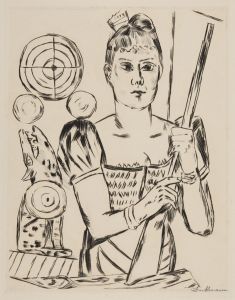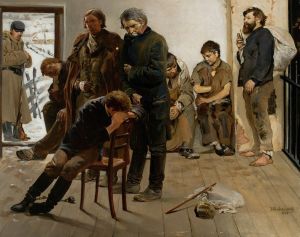
Drinking Song
A hand-painted replica of Max Beckmann’s masterpiece Drinking Song, meticulously crafted by professional artists to capture the true essence of the original. Each piece is created with museum-quality canvas and rare mineral pigments, carefully painted by experienced artists with delicate brushstrokes and rich, layered colors to perfectly recreate the texture of the original artwork. Unlike machine-printed reproductions, this hand-painted version brings the painting to life, infused with the artist’s emotions and skill in every stroke. Whether for personal collection or home decoration, it instantly elevates the artistic atmosphere of any space.
"Drinking Song" is a painting by the German artist Max Beckmann, created in 1937. Beckmann, born in 1884, was a prominent figure in the Expressionist movement, although his work often defies easy categorization. He is known for his complex compositions, bold use of color, and exploration of themes such as human suffering, existential angst, and the grotesque.
"Drinking Song" is a striking example of Beckmann's mature style, characterized by its vivid colors, dynamic composition, and intense emotional content. The painting depicts a group of people engaged in a lively, somewhat chaotic scene of drinking and revelry. The figures are rendered in Beckmann's distinctive, almost caricature-like manner, with exaggerated features and dramatic poses that convey a sense of both exuberance and underlying tension.
The setting of the painting is ambiguous, but it appears to be an interior space, possibly a bar or a café. The background is filled with abstract shapes and patterns that add to the sense of disorientation and movement. The figures are arranged in a crowded, overlapping manner, creating a sense of claustrophobia and intensity. Beckmann's use of color is particularly striking in this work, with bold contrasts and a rich, almost garish palette that heightens the emotional impact of the scene.
"Drinking Song" was created during a tumultuous period in Beckmann's life. In 1933, the Nazi regime came to power in Germany, and Beckmann, whose work was labeled "degenerate" by the Nazis, was dismissed from his teaching position at the Städelschule in Frankfurt. He fled to Amsterdam in 1937, the same year he painted "Drinking Song," and remained there until the end of World War II. The painting reflects the anxiety and uncertainty of this period, as well as Beckmann's ongoing exploration of the human condition.
The painting is notable for its complex interplay of form and content. Beckmann's use of distorted, almost grotesque figures and his dynamic, fragmented composition create a sense of unease and instability. At the same time, the scene of drinking and celebration suggests a kind of defiant joy, a refusal to succumb to despair despite the harsh realities of the time.
"Drinking Song" is part of the collection of the Saint Louis Art Museum in Missouri, USA. It remains one of Beckmann's most powerful and evocative works, a testament to his skill as a painter and his deep engagement with the social and political issues of his time. The painting continues to be studied and admired for its bold artistic vision and its poignant commentary on the human experience.





